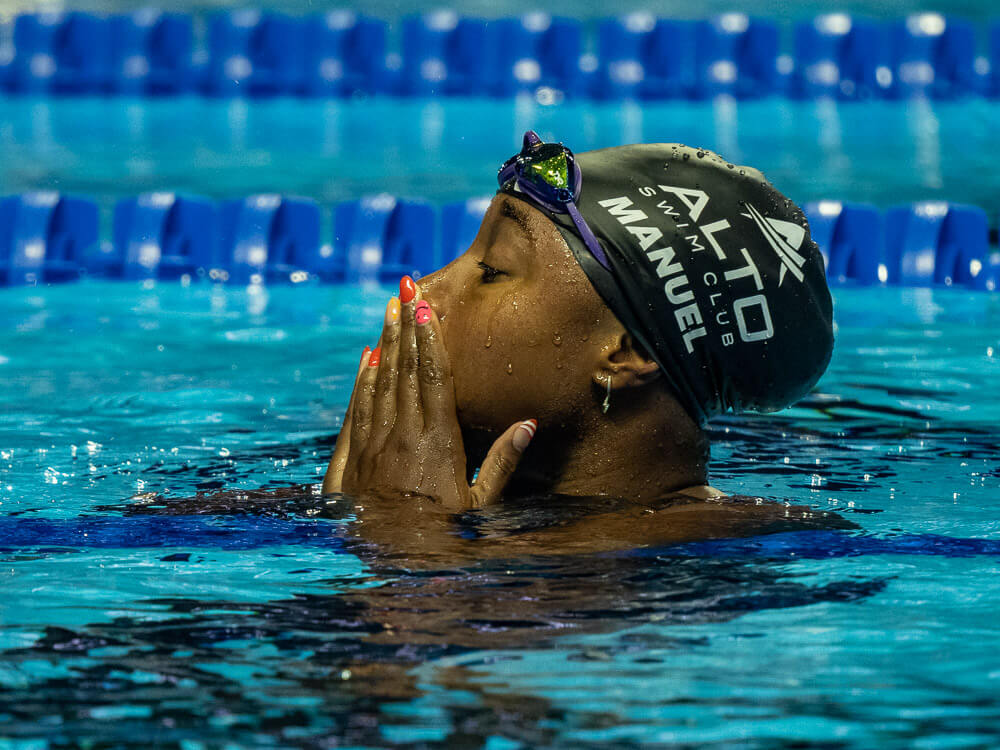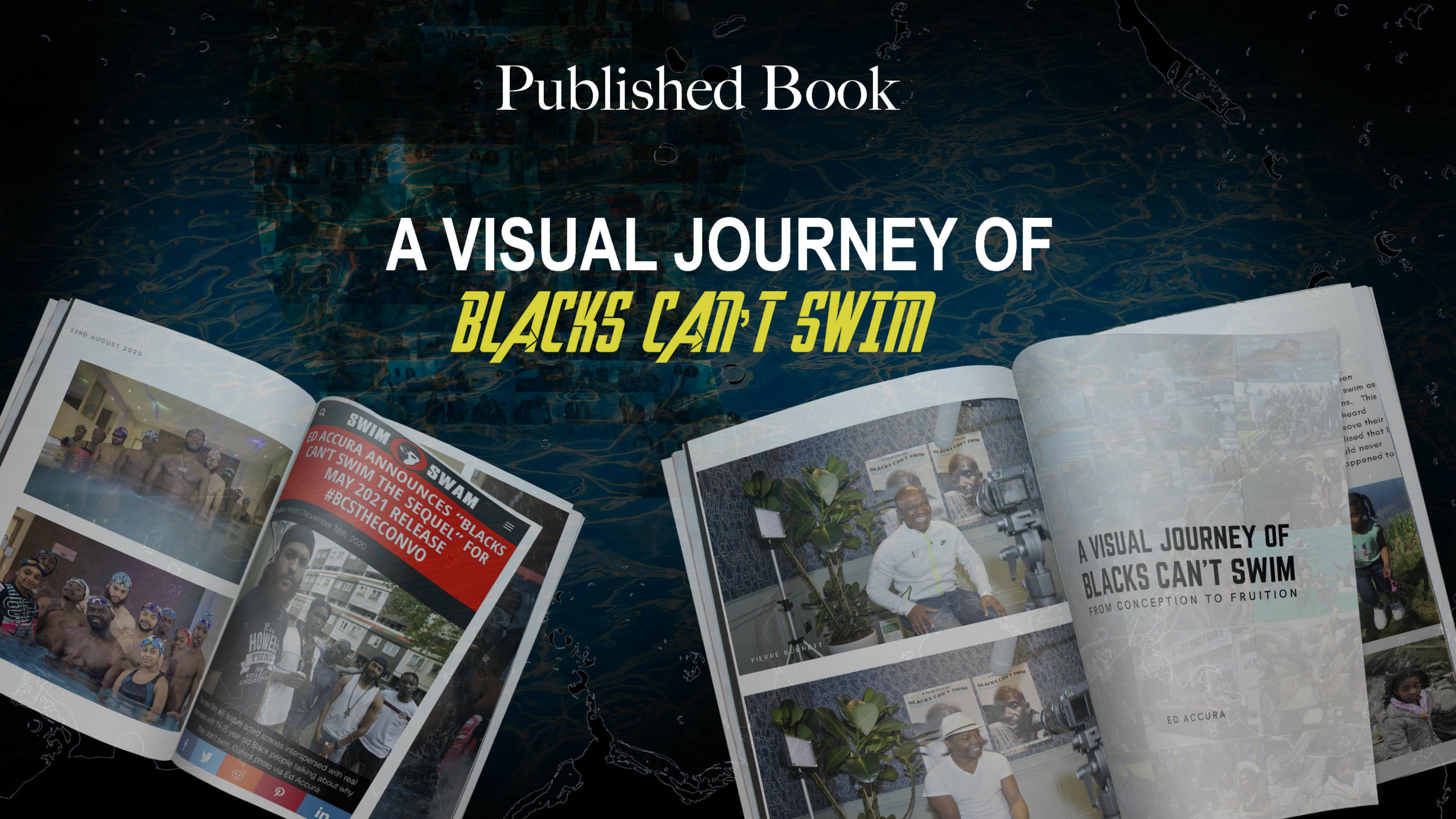Let’s Bust The Floating Myth!
"You have heavy bones" "Black people can’t float"
Stereotypes like these have kept countless people of African, Asian, and Caribbean communities out of the water. The myth that Black bones are heavier and denser than normal, thus leading them to sink, has spread fear and misinformation throughout these communities for decades, leaving generations of people feeling discouraged and anxious about partaking in aquatic activities.
Instead of jumping into the pool with their kids, they simply watch from a distance, missing out on making memories with their family…
Instead of going to the beach with friends and getting into the water, they are staying behind with the bags…
Debunking the Floating Myth
"You have heavy bones" "Black people can’t float"
Stereotypes like these have kept countless people of African, Asian, and Caribbean communities out of the water. The myth that Black bones are heavier and denser than normal, thus leading them to sink, has spread fear and misinformation throughout these communities for decades, leaving generations of people feeling discouraged and anxious about partaking in aquatic activities.
All because of the belief that they cannot float in the water…

Floating is arguably the most important skill for someone to have whilst in the water. And by believing in these false narratives, members of Black and Asian communities are put in more danger of experiencing water related emergencies and drowning.
That is why we are partnering with RNLI and The University of Portsmouth to bust these myths once and for all!
We are doing extensive research on the relationship between body composition, ethnicity, and floating. Our goal is to clearly show the impact one’s body shape and size has on their floating ability, and consequently their ability to be safe in the water.
Many of you will be surprised how you float!
Traditionally, people have been taught that in order to float you have to use the ‘Starfish Method’…
The ‘Starfish Method’ is the technique where your arms and legs are outstretched with the top portion of your body staying afloat. However, we have found that not everyone will float using this method…
Everyone floats differently, and in doing this research, it is our goal to find out how factors like ethnicity and body composition affect how and if someone floats.
If you would like to participate in helping to bust the myths about Black and Asian people’s abilities in the water as well as learn more about how you best float, fill out our Expression of Interest form here:
Here is everything you need to know about our Float Research program
Who can take part?
- Anyone of African, Asian and Caribbean heritage
- Be between the ages of 18 and 60 years old
- Be comfortable in a pool where you cannot stand
What do participants have to do?
- Participants will be asked to float for 2 minutes, so the team can measure your floating position and the amount of effort required to stay in a comfortable position at the surface of the pool.
- There will be team members on hand to give participants time to practise your floating style before you are measured.
- Lie on a platform and hold your breath for 15 – 20 seconds just below the surface of the pool.
- The platform is designed to float, and the team will be measuring participant’s resistance to the platform. The team will take each participant through the process gradually, making sure they are comfortable before going for the full 20 seconds.
- Undergo a full body scan, that will map muscle mass, bone density, fat percentage, etc.
- The DEXA scan is an X-ray of the body to look primarily at bone density. These scans will take around 20 – 30 minutes.
- Have body measurements taken
There will be a series of body measurements, such as height, weight, lung capacity, etc. All measurements will be completed by a member of the Portsmouth research team.
By participating in our Float Research program, you can help challenge these misconceptions and contribute to a better understanding of how body composition and ethnicity affect floating ability. Join us in dispelling these myths and promoting water safety for everyone.
Where is the research happening?
The in-water testing will take place at Downside Fishers Youth Club, London.
The DEXA scans will take place at King’s College London.
(Perhaps a map in this section)
When is the testing being carried out?
How long will the process take?
Approximately 2 hours at the pool (either 9am – 11am, or 11am – 1pm)
Approximately 30 minutes for the DEXA scan

Why are we conducting this study?
- To give guidance on floating for everyone
- To investigate narratives and dispel myths around floating
- To educate and save lives
- To encourage the largely underrepresented Black and Asian communities to begin their journey with the water.
How to support the study
- Be a participant
- Share the research
- Release staff to participate
Sign Up Today
Want to join us in dispelling the myths and misconceptions? Click the button below!